In the world of engineering and manufacturing, selecting the right type of steel for a specific application is crucial. Among the many options available, stainless steel and silicon steel stand out as two widely used materials. From the names we can infer: though both belong to the steel category, the former focuses on "stainless" and the other focuses on "silicon". This must bring some certain differences between them, making each suit specific applications with particular characteristics. In this blog, we will mainly explore the key differences between stainless steel and silicon steel, helping to clarify their respective roles in various industries.
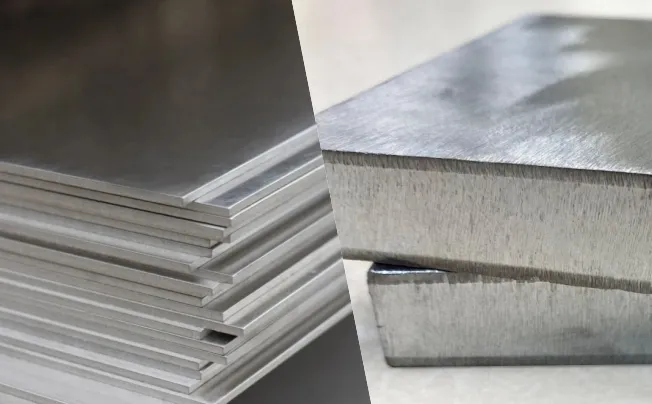
Stainless steel clad plates and stainless steel plates are two main stainless steel materials used in construction, energy, automobiles, home appliances, tank fabrications, etc....
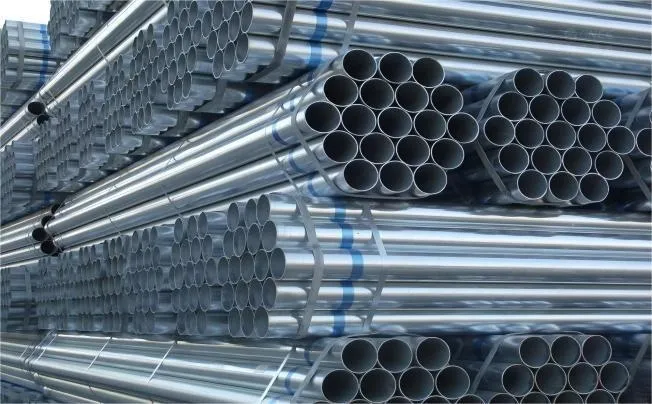
While stainless steel pipes are increasingly used in furniture making, they may not be the sole material used. Furniture designers often combine stainless steel pipes with other...

Stainless steel plate is a metal that contains a minimum chromium content of 10.5%. It is the chromium that reacts with the oxygen in the air and forms a protective layer that m...
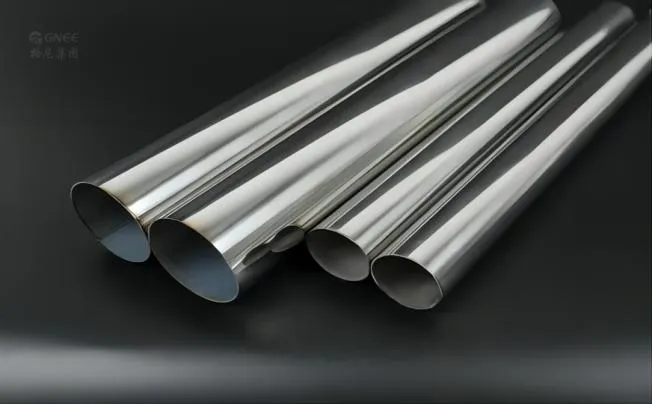
Stainless steel pipes come in standard lengths of 6 meters, however many customers need custom lengths ranging from 3 to 10 meters. Processors that work with different types of ...
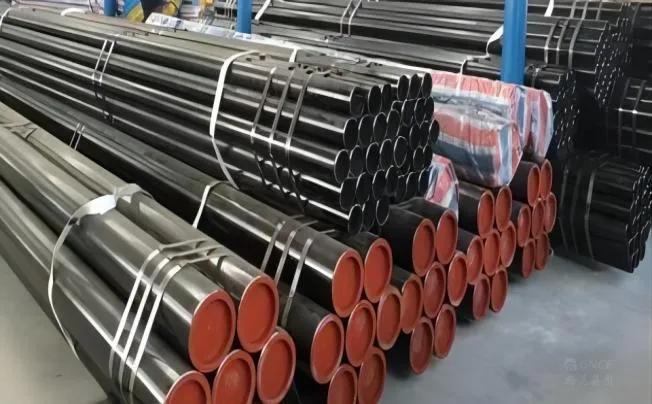
There are several common methods for describing pipe and tube dimension used in tubular piping system, we should calculate exact sizes without confusion, usually tube and pipe s...
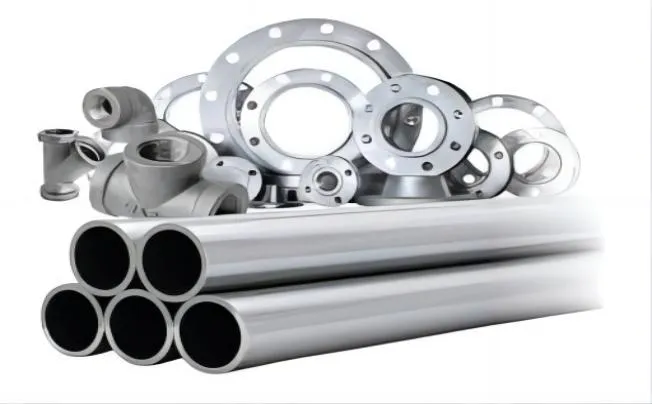
Because both flange pipes and stainless steel pipes are parts of pipeline systems, comparisons between them may be necessary. It's crucial to understand that flange pipes are ju...
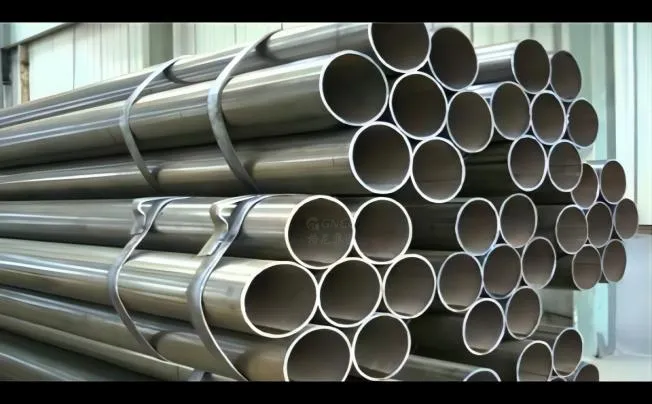
Industrial applications for stainless steel pipes include petrochemicals, food and beverage, oil and gas, and many more. Because of their superior strength, resilience to corros...
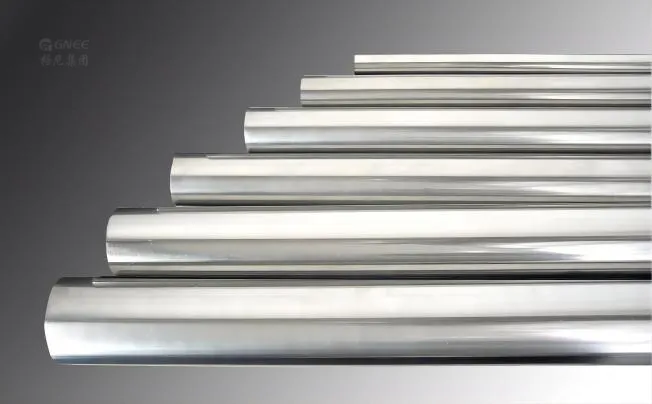
The term "thin-walled stainless steel pipe" describes stainless steel pipes that have comparatively thin walls concerning their outer diameter. These pipes have the strength and...
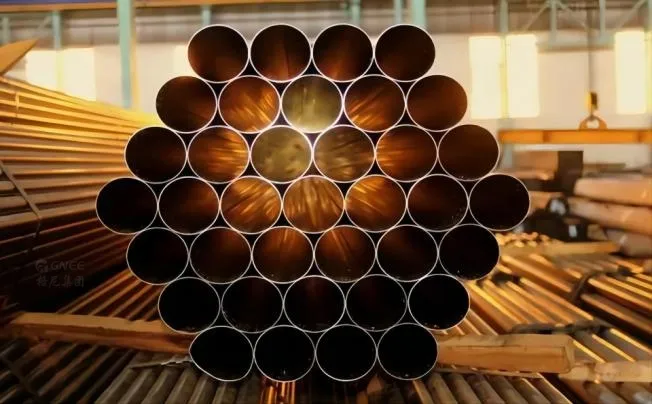
The thick wall steel pipes we sell, together with other metal thick wall steel pipes, are bought in large quantities on the surplus plot market in a range of sizes. As a result,...